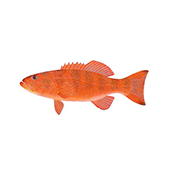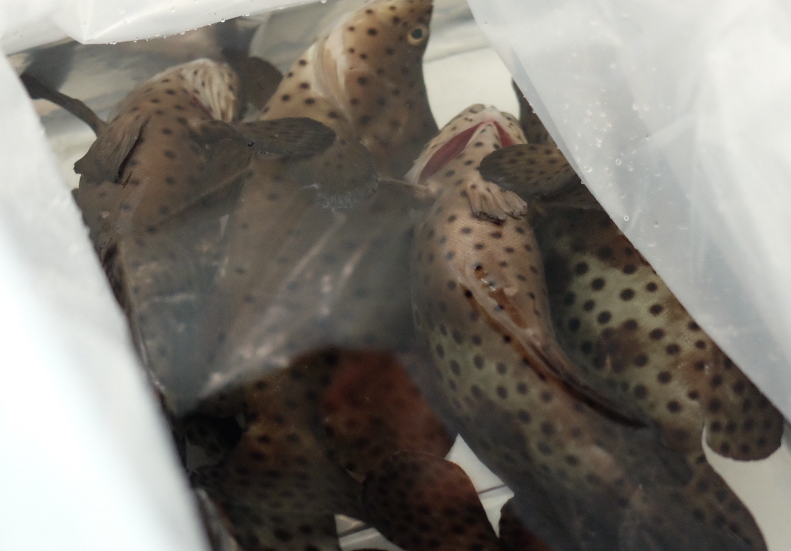Our Products

Humback Grouper

King Crab

Red Coral Trout






Other names include Panther Grouper, Mouse Grouper
It is recognized as one of the most highly valued species in the live fish trade. It takes at least 18 months to grow from 3 inches to marketable size (500g).
Due to dwindling supply, it is no longer permitted to catch and export wild-caught stocks and is already classified as a threatened specie by the WWF.
In line with our goal of sustainable development, PAC releases eggs and fingerlings in the wild to support the propagation of such species in Coron, Palawan.

Also called Mangrove Crabs
Plenty of farmers are going into the business of growing crabs because of increasing demand and better profit margins. Most, if not all, rely on the supply of crablets from the wild; and, over the years, the supply has slowly decreased leaving certain areas in the wild vulnerable.
With the assistance of SEAFDEC and use of their technology, PAC is now successful in the commercial production of crablets and has supplied to farms all over the Philippines including Quezon, Pampanga, Roxas and Zamboanga.
Currently, we are trying to develop the industry by supplying instar and fly sized crablets to
growers who would like to set up their own Nursery. These Nurseries in turn will either grow
their own crablets or supply them to growers around their respective areas. If we are able to
develop the industry this way, growers will no longer have harvest crablets from the wild - most
cases result to collection of mixed species with some having slower growth hence smaller profit
margins; Population from the wild will replenish on its own and supply of crablets is guaranteed
to be available all year round.


Other names include Leopard Coral Trout, Suno
At present, it has the highest demand on the live reef fish trade (described as a “5-star” rated fish).
There is a growing demand for hatchery-bred stocks of this particular specie. Year on year, we see a decline in its exportation because of constant pressures in the wild. PCSD has already banned the catching and selling of wild-caught fingerlings for certain months to help preserve its population in the wild.
If we were to shift to sustainable production, not only do we give this specie a fighting chance in the wild, but we also eliminate the use of cyanide and keep the coral reef areas out of harm’s away.
Also called Sandfish
Sea Cucumber, commonly known as Putian in the Philippines, used to be abundant all over Palawan. A kilo of dried sea cucumber can be sold as high as P6,500/kg. At present however, local populations of these species are slowly being depleted which calls for a great need to conduct stock enhancement in areas like Palawan, Pangasinan and even in other countries like Vietnam.
In partnership with UPMSI and with their technology, PAC has been successful in the commercial production of 1 cm spats. There is potential for stakeholders and growers to shift towards procuring hatchery-bred stocks to reduce dependency from the wild and the exploitation of natural resources.